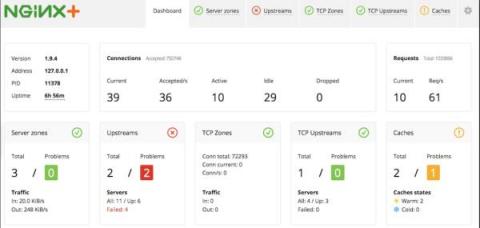Operations | Monitoring | ITSM | DevOps | Cloud
DevOps
The latest News and Information on DevOps, CI/CD, Automation and related technologies.
Tips & Tricks for using Kubernetes
Businesses around the world are increasingly turning to container technology to streamline the process of deploying and managing complex, cloud native applications. Containers bundle all necessary dependencies into a single package, offering portability, speed, security, scalability, and ease of management, making them the preferred choice over traditional virtual machines (VMs).
Transfer Files from Phone to Laptop without USB #filesharingapp
Best practices for continuous testing with Datadog
In Parts 1 and 2, we looked at how you can build and maintain effective test suites. These steps are a key part of ensuring that application workflows function as expected. But how you run your tests is another important point to consider, so in this post, we’ll walk through best practices for executing your tests across every stage of development. Along the way, we’ll also look at how Datadog supports these practices for the applications that you are already monitoring.
Maximize efficiency with Terraformer: Manage Squadcast resources via IaC
Optimizing Azure Cost with Azure Cost Management
How Tint Streamlines Infrastructure Automation and Meets Compliance Requirements
4 Common Obstacles To Managing Microsoft Azure Costs (And How To Overcome Them)
Epinio End of Year Wrap
This 2022 was an incredible year for Epinio, SUSE’s application development engine for Kubernetes, enabling developers to go from Code to URL in one push. We removed many dependencies in the first few months, increasing the deployment speed and shortening the development feedback loop. We standardized the installation process with Helm, dropping the original installer. We added many new features, such as Services, allowing developers to provision custom resources autonomously.
How to monitor and troubleshoot NGINXPlus
As a continuation of our series for monitoring web servers with NGINX and APACHE, let us find out how to effectively and easily monitor and troubleshoot NGINXPlus using Netdata!











